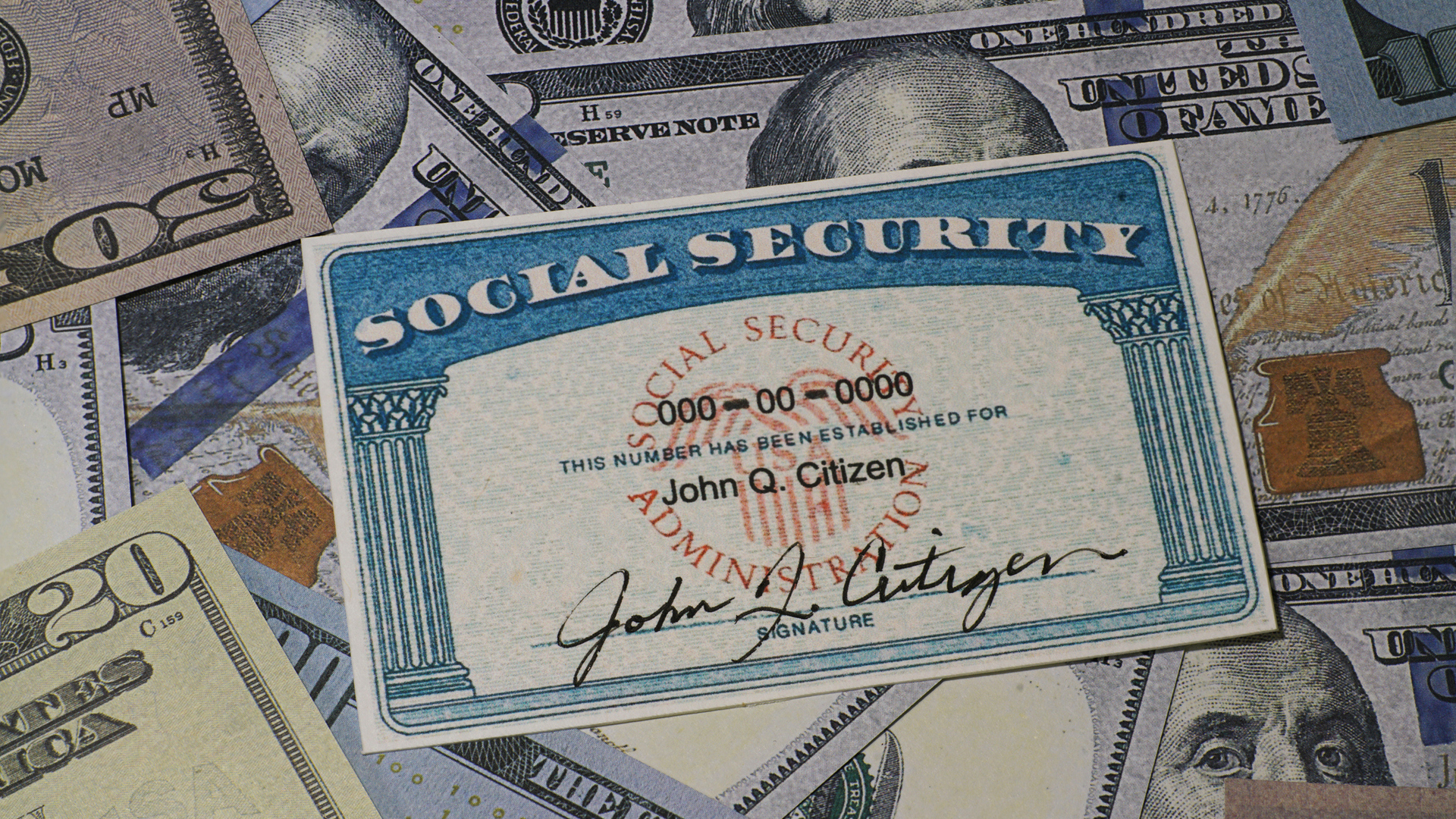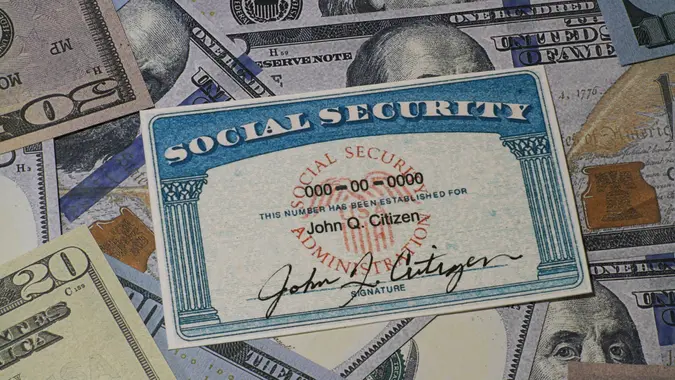#6 Shakeups to Social Security Expected in the New Year

Table of Contents
6 Shakeups to Social Security Expected in the New Year

Richard Stephen / Getty Images/iStockphoto
Social Security will be seeing a lot of changes in 2023, many of them tied to the biggest cost-of-living adjustment (COLA) in more than 40 years. The new COLA will impact payments to Social Security beneficiaries, but it’s not the only change you will see in 2023.
Social Security: No Matter Your Age, Do Not Claim Benefits Until You Reach This Milestone
Read More: 5 Things You Must Do When Your Savings Reach $50,000
Following are six changes to the program you can expect in the new year, according to a recently published fact sheet from the Social Security Administration.
New COLA Takes Effect
The big news for 2023 is an 8.7% jump in the Social Security COLA, which is the highest since an 11.2% increase in 1981. The COLA’s steep hike next year is due to this year’s soaring inflation rate, which is also the biggest in 41 years.
The average monthly Social Security payment for all retired workers will rise to an estimated $1,827 in 2023 from $1,681, the SSA said – a gain of $146 a month.
For anyone receiving Social Security benefits, the new payment amount will start in January 2023, according to the SSA. For those receiving Supplemental Security Income (SSI), the new payment amounts will begin on Dec. 30, 2022. Beneficiaries who receive both types will see their payments follow the same schedule, with the SSI increase arriving shortly before the Social Security increase.
One thing to keep in mind: The 2023 COLA of 8.7% won’t apply to all Social Security recipients. Some payment increases will be higher than 8.7% and some will be lower due to a variety of factors, including your primary insurance amount (PIA) and when you sign up for Medicare. Beginning in December, the SSA will start mailing COLA notices to beneficiaries providing details on next year’s payment amounts.
Increase in Social Security Disability Thresholds
The SSA pays monthly benefits to people who are unable to work for a year or more because of a disability, and the benefits usually continue until recipients can work again on a regular basis. However, there are also instances when you might have a qualifying disability even if you’re still working, such as if you can’t do work you previously did because of your medical condition. In this case, you are only eligible up to a certain amount of income. When you pass that threshold, you cannot be considered to have a qualifying disability. Following are the threshold changes for next year, based on average monthly earnings:
| 2022 | 2023 | |
| Non-Blind | $1,350/month | $1,470/month |
| Blind | $2,260/month | $2,460/month |
| Trial Work Period (TWP) | $970/month | $1,050/month |
SSI Federal Payment Standard Rises
Social Security recipients who also qualify for Supplemental Security Income (SSI) benefits will see an increase in the maximum Federal SSI payment amounts in 2023, based on the 8.7% COLA. For individuals, the standard rises to $914 a month from $841 in 2022. For couples, the payment rises to $1,371 a month in 2023 from $1,261 in 2022.
Rise in Max Benefits for Workers Retiring at Full Retirement Age
Americans who retire at full retirement age — either 66 or 67, depending on when you were born — will see a bump in their maximum benefits next year. The maximum will rise to $3,627 a month in 2023 from $3,345 a month in 2022.
Maximum Taxable Earnings Will Increase for Those Still Working
Anyone who has ever received a paycheck knows that part of that check is withheld to pay Social Security taxes. There is a limit on the amount of your annual earnings that can be taxed by Social Security, called the maximum taxable earnings. That limit will rise to $160,200 in 2023 from $147,000 in 2022.
Change to Earnings Test Exempt Amounts
Social Security withholds benefits if your earnings exceed a certain level and if you are under the full retirement age (FRA). This is called the retirement earnings test exempt amount. According to the SSA, one of two different exempt amounts apply — a lower amount in years before the year you reach FRA and a higher amount in the year you reach FRA.
Take Our Poll: How Do You Typically Split the Restaurant Bill?
If you are under full retirement age, the earnings test exempt amount rises to $1,770 a month in 2023 from $1,630 a month in 2022. If you have reached FRA, the amount rises to $4,710 a month in 2023 from $4,330 in 2022.
More From GOBankingRates
If you liked the article, do not forget to share it with your friends. Follow us on Google News too, click on the star and choose us from your favorites.
For forums sites go to Forum.BuradaBiliyorum.Com
SourceIf you want to read more News articles, you can visit our News category.




